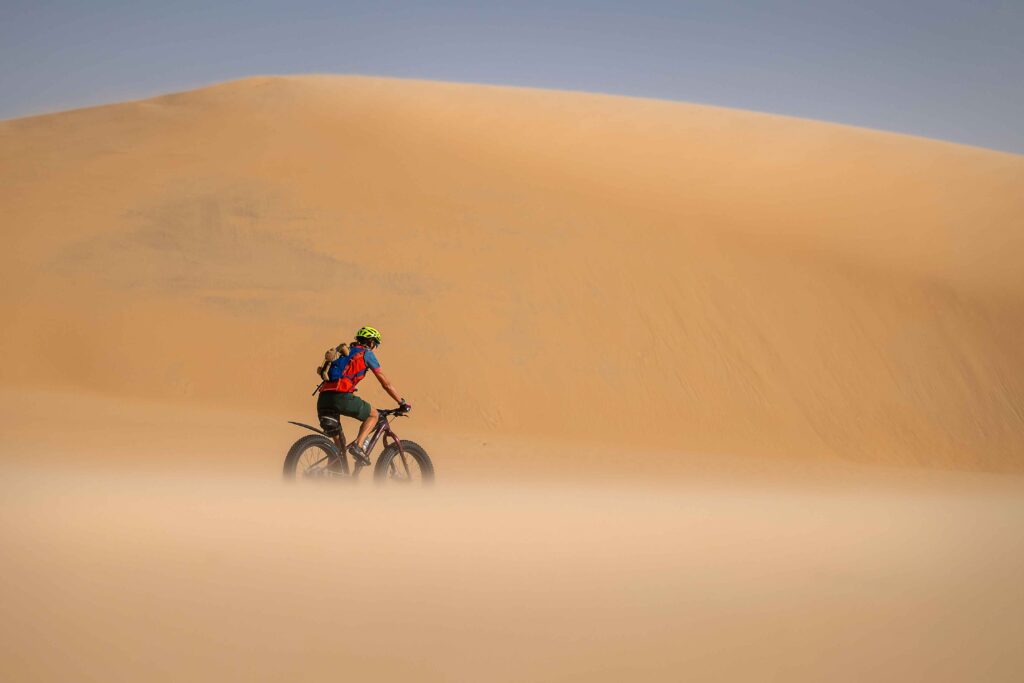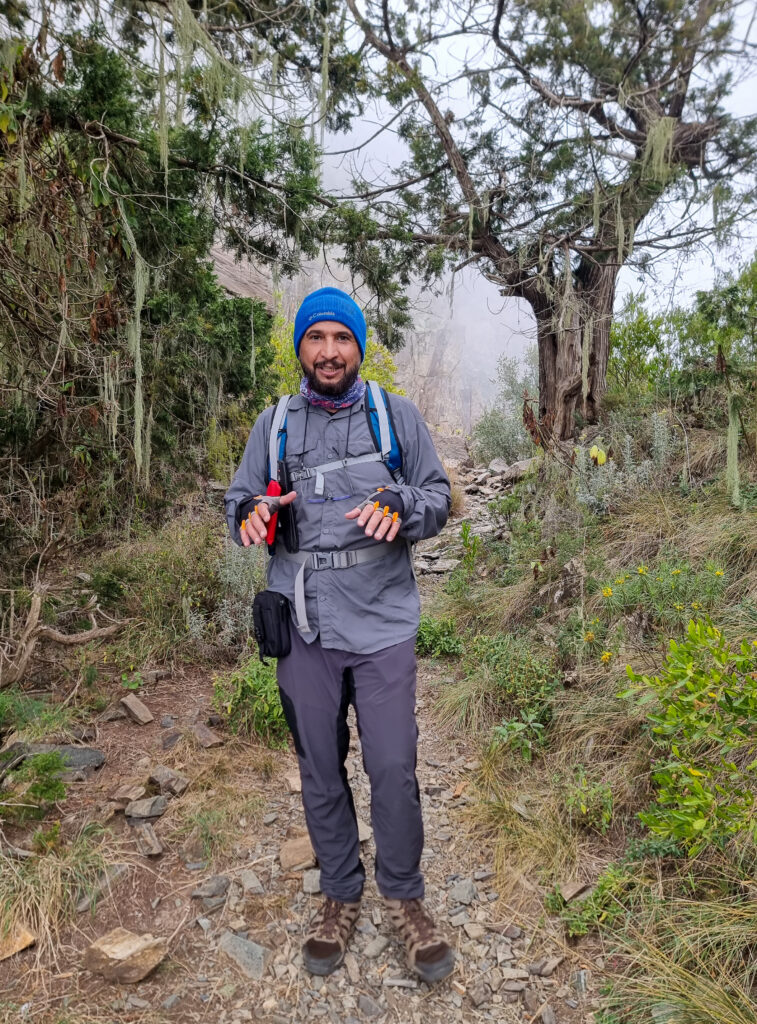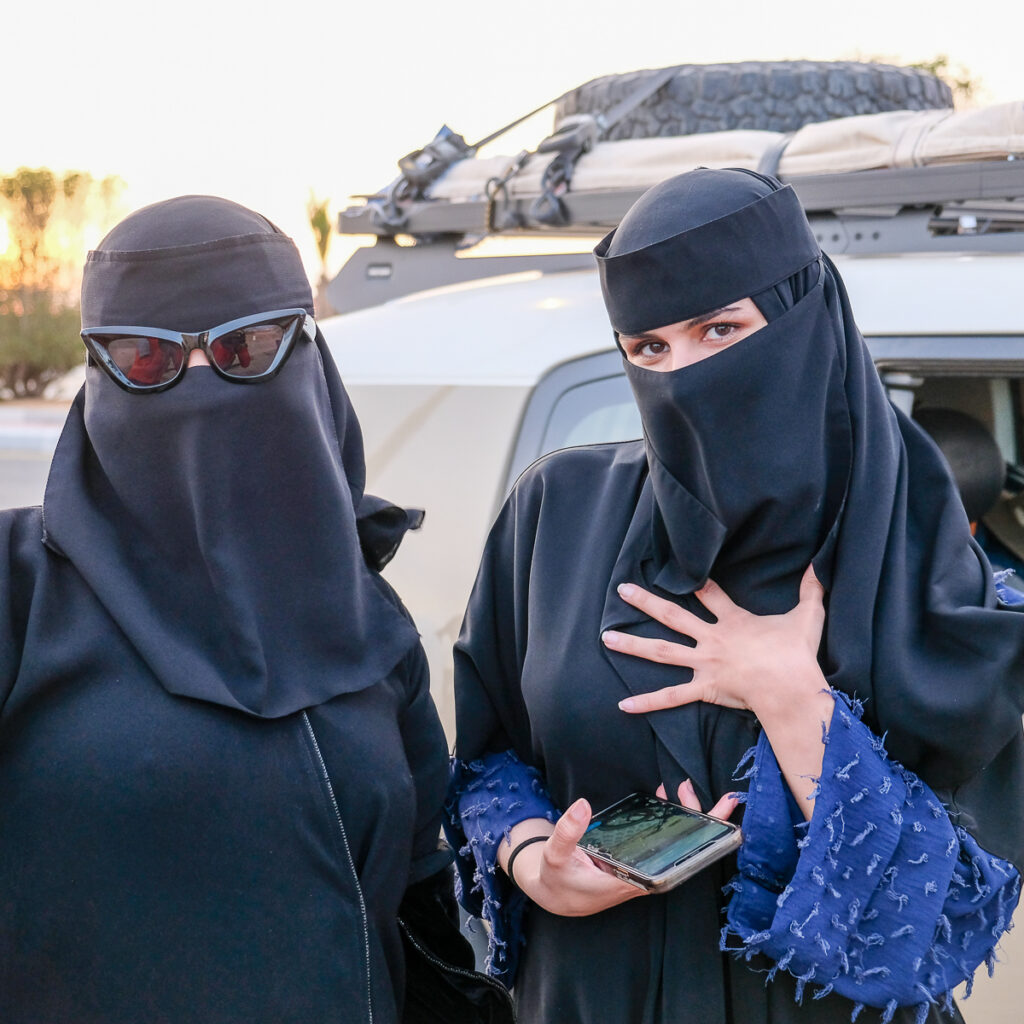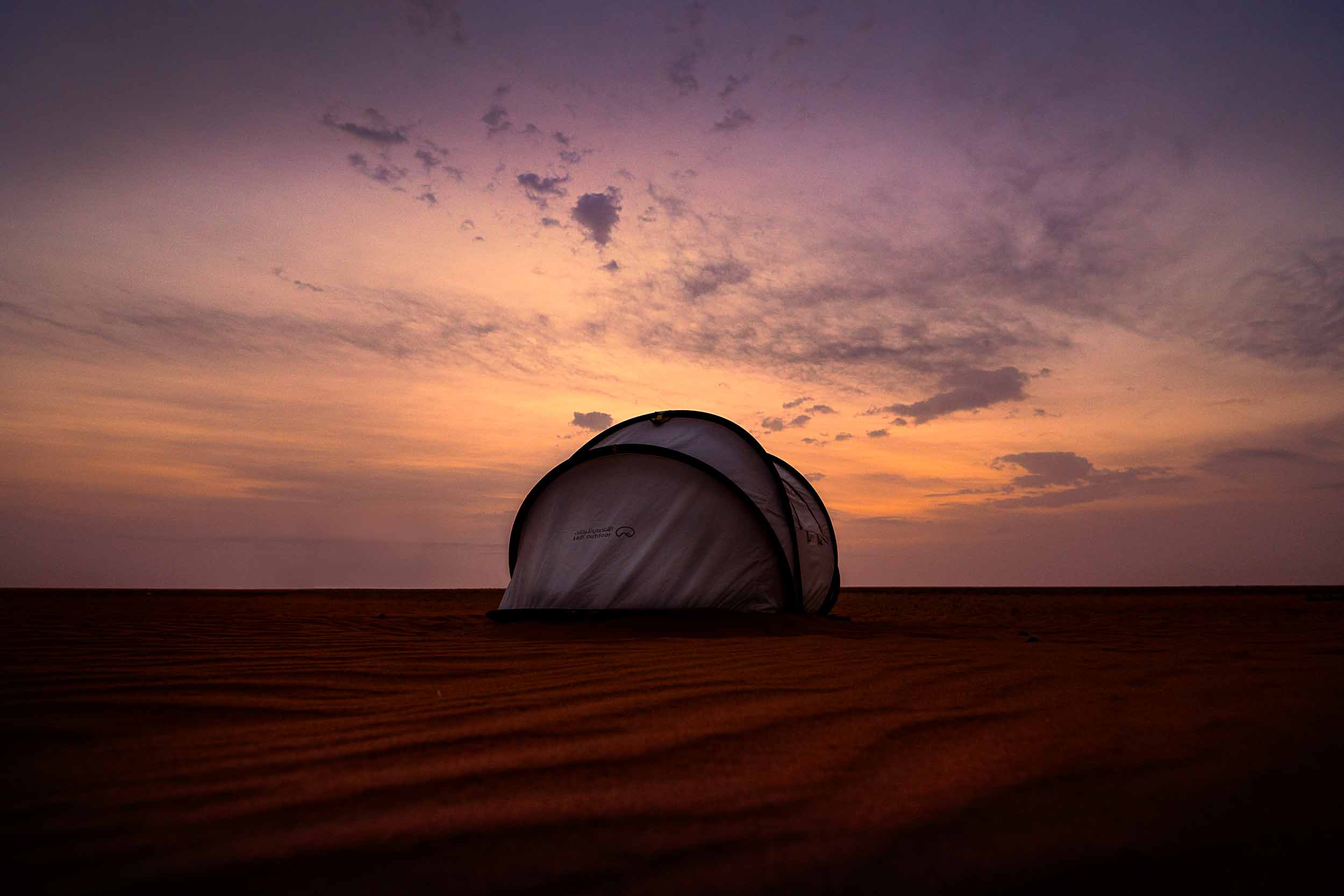
I’m lying on the soft, warm sand, attempting to use as little energy as possible as I doze under the midday sun with a gentle breeze…. sounds like the perfect holiday, right? But not when you’re on a bicycle, down to your last 750ml of water and 500km from the nearest shop.
After pushing myself to the limit crossing the depths of the Panamanian jungle in 2023, I quickly turned my thoughts to a new challenge for 2024. Fortunately, Rat Race Adventures had just the thing, a three-week Test Pilot cycling across the Empty Quarter. This is the largest sand desert in the world, and our plan was to cycle west to east from the Red Sea to the Persian Gulf, potentially a world first. We were to use fat bikes, sturdy, heavy (15kg) cycles with very wide tyres so they can be ridden at extremely low pressures across sand and snow. Although I had some doubts about visiting Saudi Arabia, I thought this was a great opportunity to learn first-hand about the culture and landscapes of this fascinating country.
After dipping our front wheels into the Red Sea at Al Haridhah beach, southwest of Abha city, we set off towards the coastal mountain range. These first five days were 80% tarmac, interspersed with gravel and sand tracks. We climbed from 0 to 2,500m in the first two days, making our way across the plains and then up hairpin bends into lush, green mountains. Here we encountered ancient fortresses, old farming settlements, brown eagles, hornbills, baboons, donkeys and an abundance of opuntia (prickly pear cacti).
Our first camp was on a village football pitch, opposite a mosque and a police station. The latter came in handy for a morning wash, as the ladies’ section of the mosque was locked (quite a common occurrence). However, it was the dogs and not the mosque that kept us awake that night.
The next day we climbed Jabal Soudah, the highest point in Saudi at 3,000m. The trail is centuries old, used by traders to get between the high continental plateau of Abha and the coastal plain. Moist air rises up the escarpment, shrouding the top in a veil of eery clouds. We switched our bikes for walking shoes for the last 6km which took us above the cacti into sub-tropical humid forest, with steep rock faces covered in juniper bushes. We walked for a while with Ahmed, who was training to climb for Mont Blanc, and kindly offered us tea and bananas.

Our self-catering ‘ice’ aparthotel was one of the coldest places I’ve ever stayed, and I was desperate to descend to warmer climes. We did so the following day, as we circumnavigated Abha, and gradually descended out of the mountains and towards the desert. Despite the crazy traffic and being on a heavy and not aerodynamic fat bike, I really enjoyed the cultural experience of cycling through the towns and villages. Drivers would put everyone’s lives at risk as they attempted to capture us on film and several pulled over to give us snacks and water, to offer lifts and to invite us to their homes. Two lovely girls in their mid-20s, who wouldn’t have been allowed to drive five years ago, almost left their baby with us in their excitement to converse. Police vehicles inquisitively followed us, handing over the responsibility as we progressed through the towns and one doesn’t turn down a government official who invites you to his office for water, tea, coffee, hot camel milk, dates and custard creams(?!). I wonder how long he’d been waiting for his first western visitors. We knew we smelt bad when we had fragrant smoke wafted in our direction and then cologne sprayed all over us!

By now we were wild camping amongst spiky acacia trees and boulders, some exhibiting ancient rock art. We had turned south, heading towards the Yemeni border and into a fierce headwind. The traffic reduced to cement lorries, buses taking pilgrims between Yemen and Mecca and the ubiquitous Toyota truck. The landscape became sparser too… camels, mini mosques, water pumping stations, a huge cement factory and sadly, plenty of rubbish lining the road.
After 6 days and 600 km, we were delighted to point our bikes to the west coast, 1,000km away, with only sand between us. I deflated my tyres to 0.25 bar, the trick to riding on sand. The first couple of hours were extremely frustrating but we had plenty of time to adapt to the many types of sand we were to encounter.
The desert is captivating in its beauty and serenity. I found peace and exhilaration in its simple but harsh beauty. The ever-changing light, perspectives, gradients and shifting sands create a kaleidoscope of evocative landscapes. I was mesmerised by simple things: the footprints of lizards, beetles and mice, the ripples in the sand, the shoots of grass and little yellow flowers, the swifts scrounging for food and the kamikaze lizards scampering between our tyres… Daily, we were treated to stunning sun rises and sunsets and I followed the track of the new moon as it rose higher into the sky every night.
I had downloaded plenty of music, podcasts and audiobooks to keep me from the anticipated boredom but didn’t listen to a thing. The explorer, Max Calderan said “The power of the mind cannot do anything in front of thousands of kilometres (of empty desert). You stop thinking and start communicating with nature.” So, talking to lizards and apologising when I cycled over green shoots is only natural behaviour in such circumstances then 😉
In the greener valleys we came across Bedouin camps, although not the traditional tents you might imagine. No, these days the Bedouin live in trailers, travel around by Toyota truck, have camels worth $100,000 and need help fixing their wifi! Occasionally we also came across the studded tracks of huge Aramco vehicles which traverse the desert surveying for water and oil. One day we stopped for lunch at a petrified forest, where the sand was covered in petrified wood which morphs into stone over millions of years.
We were incredibly well supported by a crew of multi-skilled Saudi and Yemeni drivers, cooks and navigators who always brought smiles and laughter, but our journey was not without issues. The headwind was persistent, there were falls, mechanical issues, jeeps sinking into the deep soft sand and supply issues. This was a true Test Pilot and although we didn’t quite make it to the Persian Gulf, given our time and financial constraints, we achieved an amazing feat. As Wilfred Thesiger said, “my journey is of little importance to others, it is a personal experience for which the reward is cool water and a shower at the end. There was no high moment of achievement as a mountaineer has on climbing a new summit, and new strains of anxieties arise as others ease. It is more a framework of a longer journey…in life.” I couldn’t have summarised it better!
I want to add a few words about Riyadh, where we spent our final day. On what would pass as a perfect English summers day, we visited the Al Masmak fortress, where Riyadh was first established, sprayed ourselves under the fountains on ‘chop chop’ square and then explored Bujairi Terrace, a beautiful traditional complex of restaurants and gardens. From there we walked around the thoughtfully restored At Turaif town world heritage monument. We were greeted warmly everywhere and were pleasantly surprised by the number of English-speaking ladies at the main tourist sites.
Building work continues all around Riyadh and I loved the traditional techniques being used in some of the new constructions, juxtaposed against the glass and steel skyscrapers. Traffic is a problem though; the metro is already 5 years late but is desperately needed ahead of Expo 2030 and the football World Cup in 2032.
The country is clearly undergoing huge changes in its attempt to diversify from oil. I really sensed the anticipation of the future and hope to return soon for another adventure.
For more photos see my Flickr album https://flic.kr/s/aHBqjBZrJ9

